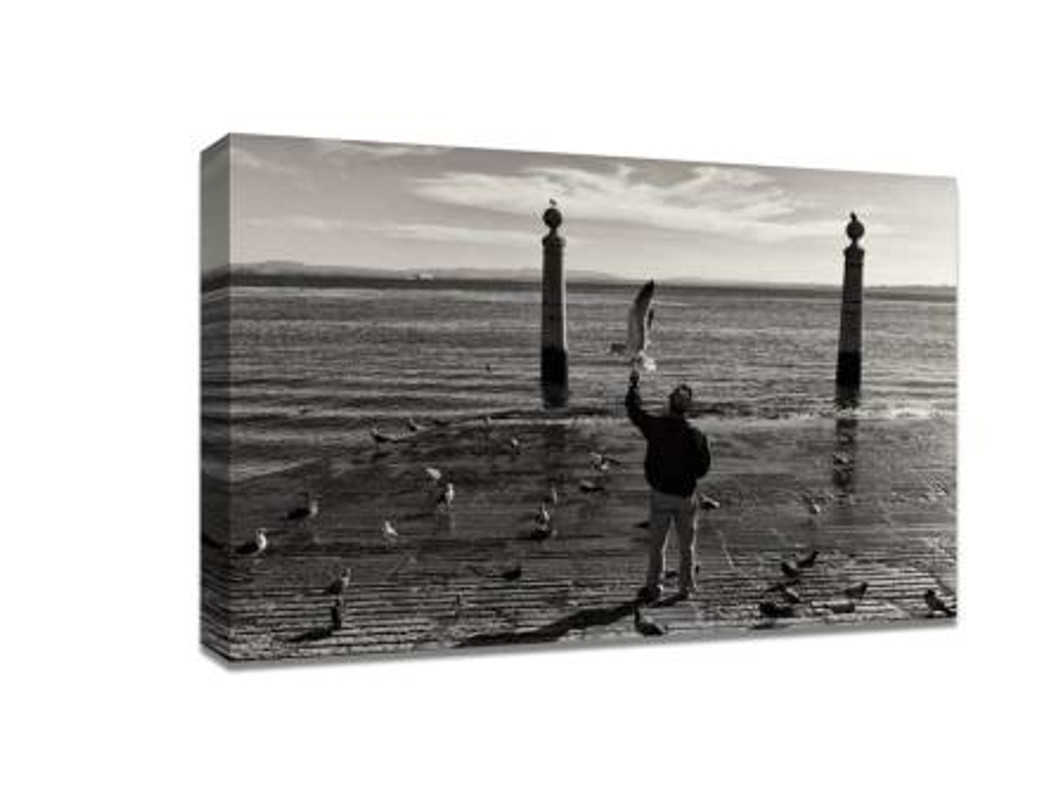Shoot a Good Black and White Photo: Tips for Stunning Canvas Prints
When it comes to turning your photography into lasting art, few styles are as timeless as black and white. A well-crafted monochrome image can evoke emotion, highlight texture, and create dramatic contrast, making it perfect for display as canvas prints. Whether you are a hobbyist or an aspiring professional, learning how to shoot compelling black and white photos is key to producing canvas-worthy pieces that will be admired for years.
Understanding the Power of Black and White Photography
Black and white photography strips away the distraction of color, forcing viewers to focus on composition, lighting, and emotion. This makes it especially effective for canvas prints, where details and contrast are accentuated by the medium. A successful black and white photograph relies on a deep understanding of tonal range—the balance between the darkest shadows and the brightest highlights. Without color, light becomes your primary storytelling tool, allowing you to create mood, depth, and visual interest.
Choosing the Right Subject
Not all subjects translate well into black and white. Look for scenes with strong shapes, textures, and contrasts. Architectural photography, landscapes with dramatic skies, and portraits with expressive features often work beautifully. When planning a photo for canvas prints, consider how the subject will appear at larger sizes. Subtle details can either enhance or get lost in larger formats, so test your composition at different scales before shooting.
Mastering Light and Shadow
Lighting is the backbone of black and white photography. Natural light can provide a soft, even tonal range, while directional light adds depth and drama. Pay attention to the angle and quality of light, and experiment with shadows to enhance textures. Early morning or late afternoon light often creates long, interesting shadows that add visual intrigue. For indoor photography, use window light or controlled studio lighting to sculpt your subject effectively.
Composition Techniques
Composition is crucial in black and white photography. Without color to guide the eye, elements like lines, shapes, and symmetry become more prominent. Techniques such as the rule of thirds, leading lines, and framing can help your photos feel balanced and engaging. When creating canvas prints, consider negative space carefully—it can give your image room to “breathe” and emphasize the main subject.
Capturing Emotion and Mood
A great black and white photo goes beyond technical perfection; it tells a story. Pay attention to expressions, gestures, and the atmosphere of your scene. Mood can be enhanced through lighting, contrast, and perspective. For portraits, connect with your subject to capture authentic emotion. For landscapes or still life, focus on the feeling evoked by the environment or the object arrangement.
Shooting in RAW for Maximum Control
Always shoot in RAW format when planning to produce canvas prints. RAW files retain the maximum amount of data, giving you greater flexibility during post-processing. You can adjust exposure, contrast, shadows, and highlights without losing quality. This is particularly important for black and white photography, where tonal control is essential for creating depth and impact.
Post-Processing Tips
Editing is where your black and white images truly come to life. Convert your RAW images to monochrome using software like Adobe Lightroom or Photoshop. Adjust contrast, brightness, and clarity to emphasize textures and shapes. Dodge and burn techniques can help draw attention to specific areas and enhance depth. When preparing images for canvas, consider slightly increasing contrast and sharpness to ensure details stand out once printed.
Choosing the Right Canvas Print Finish
Once your black and white photo is perfected, selecting the right canvas finish can elevate the final product. Matte finishes reduce glare and give a classic, painterly feel, while gloss finishes make details pop and enhance contrast. The size of your canvas print also impacts perception; larger prints can emphasize fine textures and dramatic compositions, making them ideal for statement pieces in your home or gallery.
Shooting a good black and white photo requires a combination of technical skill, creative vision, and careful planning. By understanding lighting, composition, subject selection, and post-processing, you can create images that are not only visually striking but also perfectly suited for canvas prints. Whether displayed at home or gifted to someone special, these timeless photos can transform any space with elegance and emotion.
Mastering these techniques will help you produce black and white photos that captivate viewers and stand the test of time. Every detail matters, from the initial capture to the final canvas print, making your art truly unforgettable.
Recent Posts
-
How to Use Personalized Canvas Prints to Showcase Your Travels
Travel is more than a destination—it is a collection of moments, emotions, and stories worth preserv …6th Jan 2026 -
The Different Types of Canvas Prints: Matte, Glossy, and Textured Finishes Explained
When shopping for wall art, many customers focus on image quality and price, but often overlook one …4th Jan 2026 -
The Emotional Power of Canvas Prints: Turning Memories into Meaningful Wall Art
In a digital-first world where thousands of photos live unseen on phones and hard drives, canvas pri …4th Jan 2026
